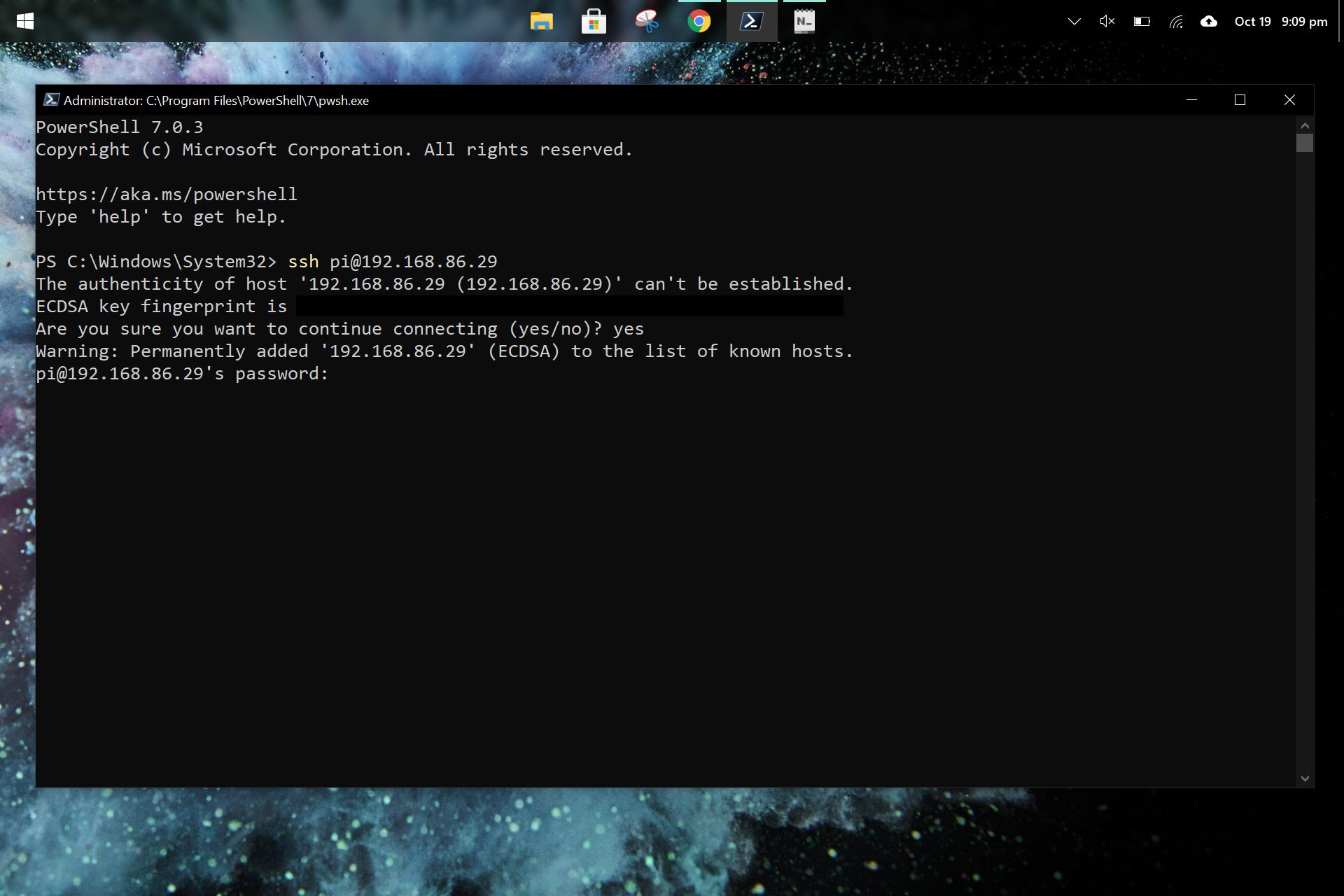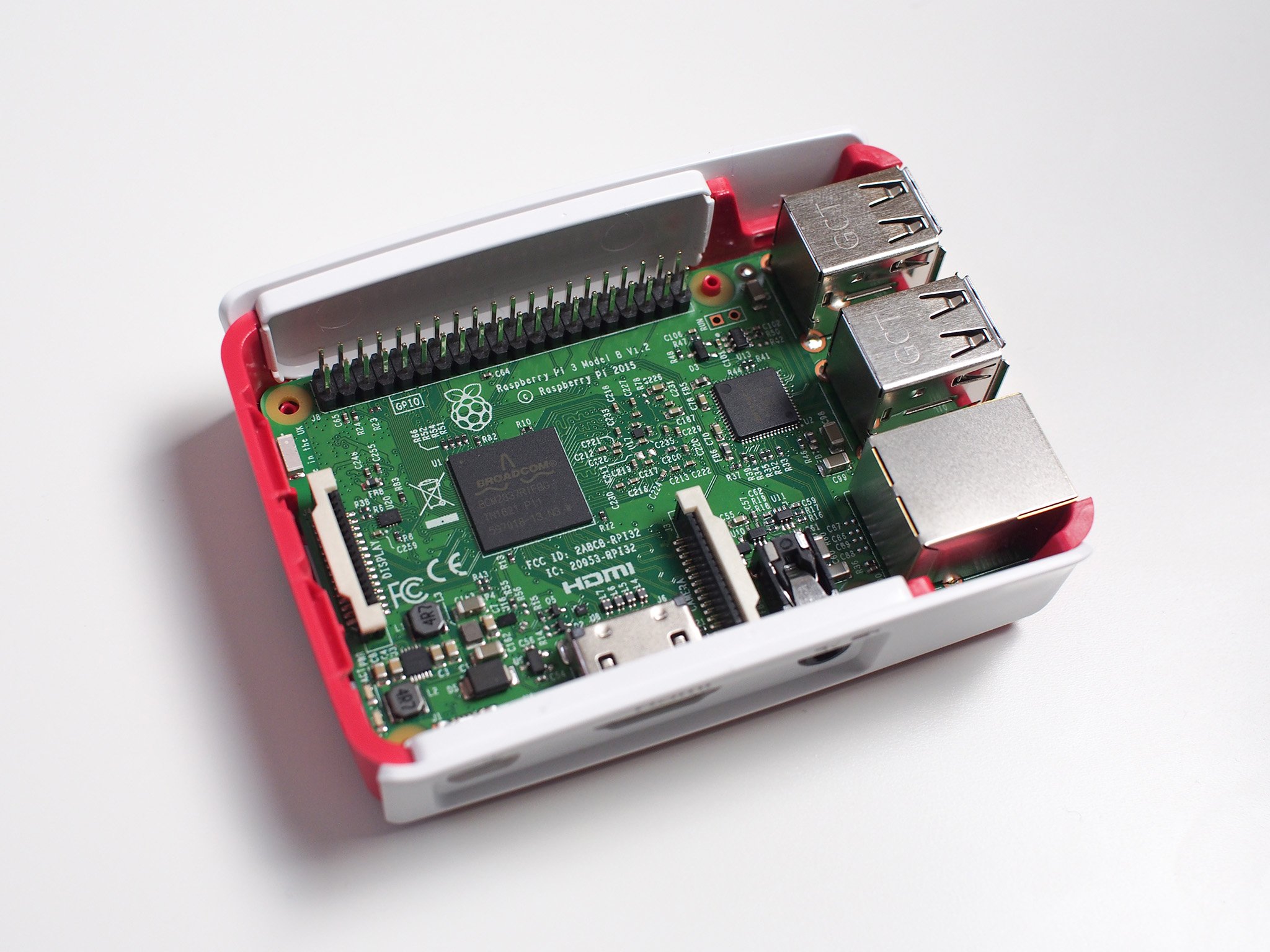Hey there, tech enthusiasts! If you're reading this, chances are you're diving headfirst into the world of IoT and Raspberry Pi. The RemoteIoT platform SSH download for Raspberry Pi is more than just a buzzword—it’s a game-changer. Whether you're a seasoned developer or a curious beginner, understanding how to harness the power of RemoteIoT and SSH can transform your projects. So, buckle up, because we're about to take you on a journey through the ins and outs of this amazing technology.
Picture this: you’ve got a Raspberry Pi sitting on your desk, waiting to be turned into something extraordinary. But how do you connect it to the internet and control it remotely? That’s where RemoteIoT comes in. This platform allows you to manage your devices from anywhere, and with SSH (Secure Shell), you’ve got a secure way to communicate with your Pi. It’s like giving your Raspberry Pi a superpower.
Now, before we dive into the nitty-gritty, let’s clear the air. This isn’t just another tech article. We’re here to break things down for you in a way that’s easy to understand, practical, and packed with actionable tips. By the end of this guide, you’ll know exactly how to download and set up RemoteIoT on your Raspberry Pi using SSH. So, let’s get started!
- Decoding Kylie Jenners Weight Influences And Perceptions Now
- Decoding Matt Bomers Youthful Energy An Actors Appeal Guide
Table of Contents
- What is RemoteIoT Platform?
- Raspberry Pi Basics
- SSH Explained
- Downloading RemoteIoT
- Setting Up SSH on Raspberry Pi
- Connecting RemoteIoT via SSH
- Advanced Features of RemoteIoT
- Troubleshooting Tips
- Best Practices for RemoteIoT
- Future Trends in IoT and Raspberry Pi
What is RemoteIoT Platform?
RemoteIoT is basically your go-to solution for managing IoT devices remotely. Imagine being able to control your smart home devices, monitor sensors, or even manage industrial equipment from anywhere in the world. That’s the magic of RemoteIoT. It’s not just about convenience; it’s about efficiency, security, and scalability.
Here’s the kicker: RemoteIoT works seamlessly with Raspberry Pi, making it an ideal choice for hobbyists and professionals alike. With its intuitive interface and robust features, you can easily set up and manage your IoT projects without breaking a sweat.
Why Choose RemoteIoT?
- Easy to use interface
- Highly secure communication
- Supports multiple devices
- Scalable for large projects
Raspberry Pi Basics
Alright, let’s talk Raspberry Pi. If you’re new to this, don’t worry—we’ve got you covered. The Raspberry Pi is essentially a tiny computer that can do pretty much anything a regular PC can do, but at a fraction of the cost. It’s perfect for learning programming, building robots, creating smart home devices, and so much more.
- Unlock Your Destiny Zodiac Signs With Dates Explained More
- Decoding Famke Janssens Jean Grey Role In Xmen Evolution
For our purposes, the Raspberry Pi is the heart of our IoT setup. It’s where all the magic happens. With its GPIO pins, Wi-Fi capabilities, and USB ports, it’s the perfect platform for running RemoteIoT and connecting to the internet.
Key Features of Raspberry Pi
- Compact and affordable
- Supports multiple operating systems
- Highly customizable
- Perfect for IoT projects
SSH Explained
Now, let’s demystify SSH. SSH stands for Secure Shell, and it’s a protocol that allows you to securely connect to and manage remote devices. Think of it as a secure tunnel between your computer and your Raspberry Pi. With SSH, you can run commands, transfer files, and even manage your Pi’s settings—all from the comfort of your living room.
Why is SSH important? Well, when you’re working with IoT devices, security is paramount. SSH encrypts your communication, ensuring that no one can intercept your data. It’s like having a private conversation in a crowded room.
Benefits of Using SSH
- Encrypted communication
- Remote access capabilities
- Easy to set up
- Compatible with most devices
Downloading RemoteIoT
So, you’re ready to get started with RemoteIoT. The first step is downloading the platform. Don’t worry, it’s super easy. Head over to the official RemoteIoT website and follow the instructions for downloading the software. Make sure you choose the version that’s compatible with your Raspberry Pi.
Once you’ve downloaded the file, transfer it to your Raspberry Pi using a USB drive or SCP (Secure Copy Protocol). It’s like moving a file from one folder to another, but with a bit more tech involved.
Steps to Download RemoteIoT
- Visit the official RemoteIoT website
- Select the Raspberry Pi version
- Download the file to your computer
- Transfer the file to your Raspberry Pi
Setting Up SSH on Raspberry Pi
Alright, let’s talk about setting up SSH on your Raspberry Pi. This is where the real fun begins. First, you’ll need to enable SSH on your Pi. You can do this by accessing the Raspberry Pi Configuration tool or by manually creating an SSH file on the boot partition.
Once SSH is enabled, you’ll need to find your Pi’s IP address. This is the address you’ll use to connect to your Pi from your computer. It’s like finding the phone number of a friend you want to call.
Enabling SSH on Raspberry Pi
- Open Raspberry Pi Configuration
- Go to the Interfaces tab
- Select SSH and enable it
- Reboot your Raspberry Pi
Connecting RemoteIoT via SSH
Now that SSH is set up, it’s time to connect RemoteIoT. Open your terminal or command prompt and type in the SSH command followed by your Pi’s IP address. You’ll be prompted to enter your username and password. Once you’re in, you can start managing your RemoteIoT platform.
It’s like logging into a website, but instead of a browser, you’re using a terminal. Don’t let the command-line interface scare you—it’s actually quite simple once you get the hang of it.
Connecting via SSH
- Open your terminal
- Type: ssh pi@
- Enter your username and password
- Start managing RemoteIoT
Advanced Features of RemoteIoT
Once you’ve got the basics down, it’s time to explore the advanced features of RemoteIoT. From automating tasks to setting up alerts, the possibilities are endless. You can even integrate RemoteIoT with other platforms like Home Assistant or Node-RED to create a fully automated smart home.
One of the coolest features is the ability to monitor your devices in real-time. Whether you’re checking sensor data or controlling actuators, RemoteIoT gives you the tools you need to stay on top of your IoT projects.
Exploring Advanced Features
- Automate repetitive tasks
- Set up alerts and notifications
- Integrate with other platforms
- Monitor devices in real-time
Troubleshooting Tips
Let’s face it: things don’t always go as planned. If you run into issues with RemoteIoT or SSH, don’t panic. Here are a few troubleshooting tips to help you get back on track:
- Check your internet connection
- Verify your IP address
- Ensure SSH is enabled
- Consult the RemoteIoT documentation
Remember, troubleshooting is all about patience and persistence. Keep trying until you find the solution!
Best Practices for RemoteIoT
Finally, let’s talk about best practices. To get the most out of RemoteIoT, follow these simple tips:
- Always use strong passwords
- Regularly update your software
- Back up your data frequently
- Monitor your devices regularly
By following these best practices, you’ll ensure that your IoT projects are secure, reliable, and efficient.
Future Trends in IoT and Raspberry Pi
As we look to the future, the world of IoT and Raspberry Pi is evolving rapidly. From artificial intelligence to edge computing, new technologies are emerging that will change the way we interact with our devices. RemoteIoT is at the forefront of this revolution, providing the tools and platforms needed to stay ahead of the curve.
So, whether you’re building a smart home, a wearable device, or an industrial automation system, the possibilities are endless. The only limit is your imagination.
Staying Ahead of the Curve
- Keep learning about new technologies
- Experiment with different platforms
- Stay connected with the IoT community
- Never stop innovating
In conclusion, the RemoteIoT platform SSH download for Raspberry Pi is a powerful tool that can transform your IoT projects. By following the steps outlined in this guide, you’ll be well on your way to mastering this incredible technology. So, what are you waiting for? Get out there and start building!
And hey, don’t forget to leave a comment, share this article, or check out our other guides. The tech world is waiting for you!
- Kurt Russell Exploring What Happened To The Actors Journey
- Decoding Kylie Jenners Weight Influences And Perceptions Now


